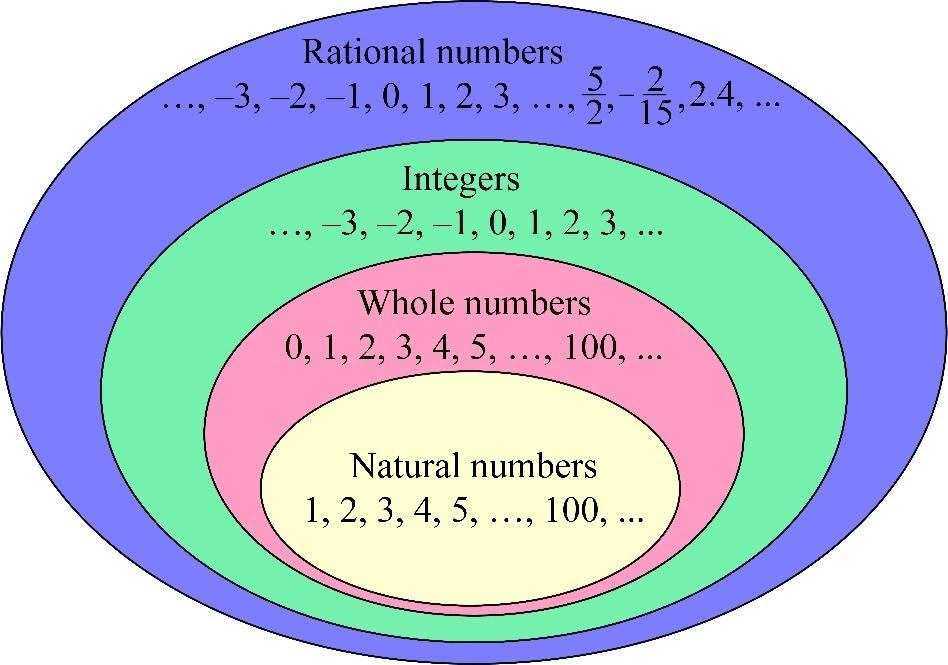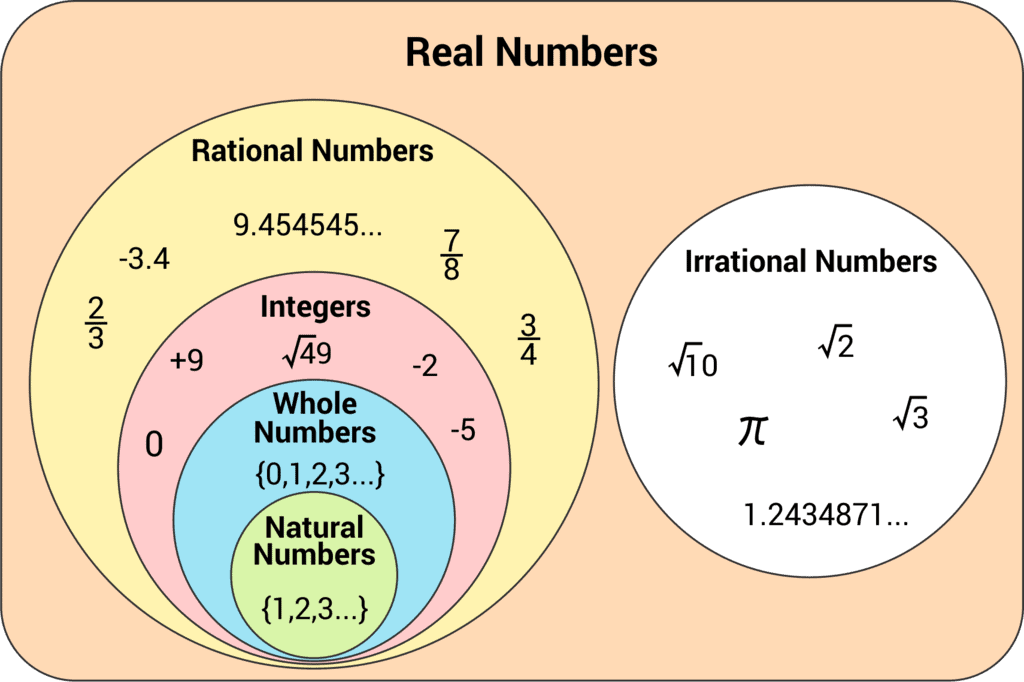
They're hard to understand, they create havoc wherever they go, and they have endless, all-over-the-place energy. Rationals are a pretty inclusive bunch.įor more details on rational numbers, check this out.

Rational numbers include fractions, mixed numbers, decimals, integers, whole numbers, and natural numbers. Numbers that are allowed in the biggest box, or rational numbers, include all the numbers in the smaller boxes as well. If a number can't be written as a fraction, it's not. If a number can be written as a fraction, it's considered rational. Rational numbers have pretty rational rules. In fact, rational numbers are so accepting that they include integers, whole numbers, and natural numbers too, since these can be written as fractions with a denominator of 1. Đ.333333… is also rational even though it's an infinitely repeating decimal, because it can be written as.đ.25 is rational, too, because it can be written as.Đ.1 is a rational number because it can be written as.Rational numbers also include any decimal that can be turned into a fraction. Ratio-nal numbers include obvious examples, like or, as well as the not-so-obvious numbers like -10, which can be written as. Rational numbers include any number that can be written as a ratio of two integers. The name "rational" has nothing to do with their wits, though. Rational numbers give great advice, and they're great at face-painting, too.

Most people have two kinds of friends: rational, level-headed friends, who are great for advice-giving and homework copying (er, homework tutoring), and irrational, head-in-the-clouds friends, who are great for irrational advice-giving and face-painted team support. So integers include negative numbers, whole numbers, and natural numbers. the integers, include all the numbers in the smaller boxes as well. Numbers that are allowed in the biggest box, a.k.a. Just be prepared to take the good with the bad. Hey, they've gotta draw the line somewhere.įor more on integers, visit here. Īlthough integers are tolerant and inclusive of negative numbers, they're pretty strict about wholeness, which means fractions and decimals aren't welcome. The opposite of 10 is (the even moodier) -10. For example, the opposite of 5 is (the oh-so-moody) -5. No, not opposite as in "evil twin," but opposite as in negative. Integers include all of the whole numbers, their opposites, and zero. Temperature measured in Fahrenheit and Celsius can be positive or negative, and this is what makes integers different from whole numbers. In the image above, the whole numbers are made up of every number in the big box, including the contents of ur you-know-whats off at -10 degrees. They're pretty exclusive like that.įor more honest-to-goodness whole number examples, check this out. Whole numbers also pride themselves on their goody-two-shoes wholeness, which means fractions and decimals aren't welcome either. They never accept negative numbers (or pouting) into their group, and they don't take any trash talk. We love them for their optimistic, the-glass-is-half-full approach to mathematics. Whole numbers are a quirky bunch with some pretty strong character traits. When we list whole numbers from least to greatest, we get 0, 1, 2, 3, and so on and on and on. Their only difference is the fact that whole numbers include the number zero. Whole numbers are very similar to counting numbers. In these cases, we refer to them as ordinal numbers and write them as 1 st, 2 nd, 3 rd, etc.įor more info on natural numbers, go here. We also use natural numbers to order things, like ordering classmates from shortest to tallest. When we use natural numbers to count, we can refer to them as cardinal numbers. We use natural numbers, like 1, 2, 3 and so on, to count objects, days, people, hairless cats, hairy hippos, whatever. The numbers 1, 2, 3, 4, 5,… are all natural numbers. Natural numbers, also known as counting numbers, start with 1 and go on forever. It was at this point that we solidified our counting skills, and counting is what natural numbers are all about. The good ol' days when our only responsibility was to show up for kindergarten class and not wet our pants. Thinking of natural numbers, we can transport ourselves back to simpler times.


 0 kommentar(er)
0 kommentar(er)
